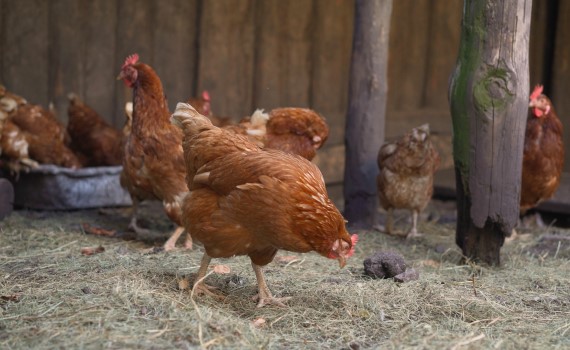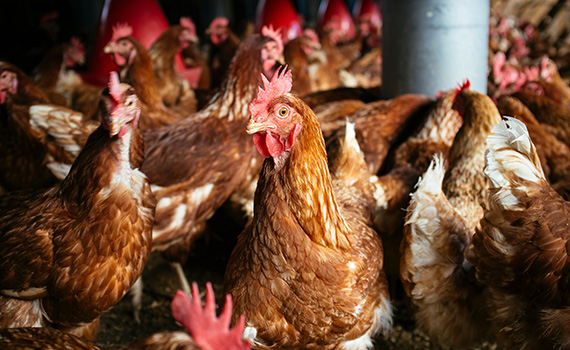Shift to cage-free egg production prompts need to revise health and management plans
Vaccinations and other preventative health measures are more critical than ever as the US egg industry shifts toward cage-free and no-antibiotics-ever production, according to an industry expert.
Hy-Line International’s Ian Rubinoff, DVM, said the decision by major retailers to switch to cage-free production systems by 2025 has increased health and management challenges for producers.
Coupled with growing pressure to use fewer antibiotics — and in some cases none at all — means producers need to be more proactive than ever in handling bird health and welfare, he said.
Speaking to Poultry Health Today at the International Production and Processing Expo in Atlanta, Georgia, Rubinoff said about 20% of US eggs are currently produced in cage-free systems.
As that figure continues to grow, producers need to familiarize themselves with different management techniques in order to maintain bird health, welfare and productivity.
“We know when we were producing eggs in traditional cages it was fairly easy,” he said. “You know how you had to manage them, how you had to try to work the birds to get the best production.
“Now that we’re on the ground and in aviaries, it takes a little more effort and a little more planning.”
While the needs of birds might be similar in both systems, Rubinoff said there are significant differences which producers can’t afford to ignore if they want birds in cage-free systems to remain healthy.
In particular, the very nature of cage-free production — which sees birds having greater access to litter — means there are increased health challenges that producers have to consider.
“For birds that go outside, they have more access to pathogens than we would normally have seen, so we’re starting to see a lot of diseases come back into the poultry world that we had more or less eradicated 40 or 50 years ago,” he said.
As well as bacterial diseases such Pasteurella and coryza, parasitical diseases such as blackhead and higher amounts of coccidiosis have been reported in cage-free systems. Worms and viral diseases have also posed more of a challenge, he added.
While some of these diseases are easier to treat than others, Rubinoff said the additional challenge placed on producers to reduce antibiotic use means management needs to be more precise than ever — particularly in terms of taking preventative measures such as vaccines.
“Overall [the movement toward using fewer antibiotics] is a fantastic thing because we can really help manage birds, and we can focus on how we rear the birds better,” he said.
“[However] when we have to use a system without antibiotics, we focus a lot more than we’ve ever had to on the proactive and preventative measures.
“When we have a lack of use of antibiotics, using vaccines is a really critical component,” he added.
“Vaccinating the birds with the right strains at the right time and with the right tools, to be able to protect birds from bacterial diseases such as Salmonella and E. coli, from viral diseases such as Newcastle and bronchitis, and with this up-and-coming disease or returning diseases such as coryza, that we’ve never really had to worry as much about on the layer side
“And so vaccination really is the key, in addition to your normal biosecurity, which is always important.”
Predicting that the whole industry will move to aviary systems within 5years, Rubinoff said he expects to see more producers switch to facilities which are easier to manage.
With changes in facilities, however, comes a need to update education, training and management practices to ensure farm workers are able to look after birds the best way possible, he added.
“I think we are going to get a lot more people who understand the management [of these systems],” Rubinoff said.
“Chickens are live animals, and when you put 20,000 or 50,000 or 100,000 birds in a barn, understanding how they behave and what they need is a unique skill that we need to develop in students — and we need to continue to help our current people out in the industry learn more about.”
Posted on October 28, 2021
 We’re glad you’re enjoying
We’re glad you’re enjoying














